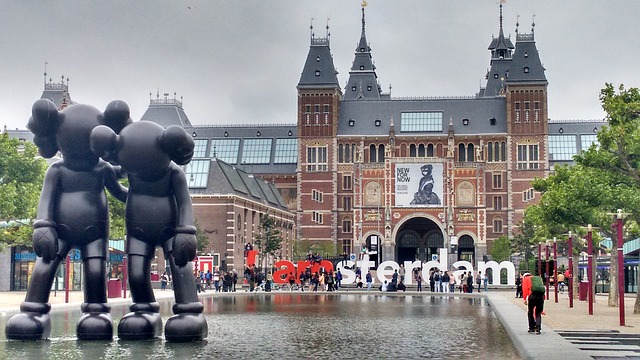If you know a little about the Netherlands, then you know it has both a prime minister and a monarch. That it has the two offices at the same time probably leaves you wondering about its political system.
Who heads the state and the government? Is it the monarch or the prime minister? And who makes the laws? Is it the monarch or parliament? In short, is the Netherlands a monarchy or a democracy? Here’s the surprising answer: It is both.
Why the Netherlands is both a Monarchy and a Democracy
Yes, the Netherlands is a parliamentary democracy, but under a constitutional monarchy. How is this even possible, you ask? Because it has a two-chamber parliament, this tiny country boasts of being a democracy.
However, its constitution also recognizes the office and defines the powers of the monarch. So, besides being a parliamentary democracy, the Netherlands is also a constitutional monarchy. To understand how this unique arrangement came about, you’ll have to look at the history of the country.
How the Netherlands Became both a Monarchy and a Democracy
If you traveled to the Netherlands before 1806, you’d have found a Dutch republic made up of 12 united provinces. But fast forward to between 1806 and 1810, and the nation would be now under one absolute monarch. Six years later in 1816, the monarchy would’ve been entrenched in and its powers limited by a new Dutch constitution, thereby creating a constitutional monarchy for roughly three decades.
In 1848, your former republic, absolute monarchy, and constitutional monarchy would’ve finally transformed into a democracy with a two chamber parliament, but without removing the constitutional monarchy. Which brings us to the question: What are the roles of these institutions?
What is The Role of Parliament?
As a citizen of the Netherlands, you participate in governance by electing members of the provincial assemblies and the 150 members of the National Assembly or Lower House. While the provincial representatives elect the 75 members of the Upper House or Senate, those of the Lower House make or amend laws.
They also examine and approve the budget, and if necessary, they start inquiries into matters of national interest. In contrast, the senators only approve or reject the laws made by the Lower House.
Who Forms the Government?
After you elect representatives, their parties form coalitions, hoping to gain a majority in parliament. Shortly after, the monarch nominates the majority leader as the Prime Minister.
What is the Role of the Prime Minister?
After being nominated, the Prime Minister selects a cabinet of ministers from outside parliament. Together, they make policies, which govern the nation.
What are the Duties of the Monarch?
You’re probably wondering why the Dutch have a monarch if the Prime Minister heads the government. Well, the monarch is the ceremonial head of state. Besides appointing the Prime Minister and mayors, the monarchy unites the nation, especially when the parliament is plagued by factions.
As you’ve just discovered, the Dutch boast of having both a monarchy and a monarchy. Fortunately for them, these seemingly contradictory institutions work together for the benefit of the nation.
[wp_links_page tag=”frontpage”]


